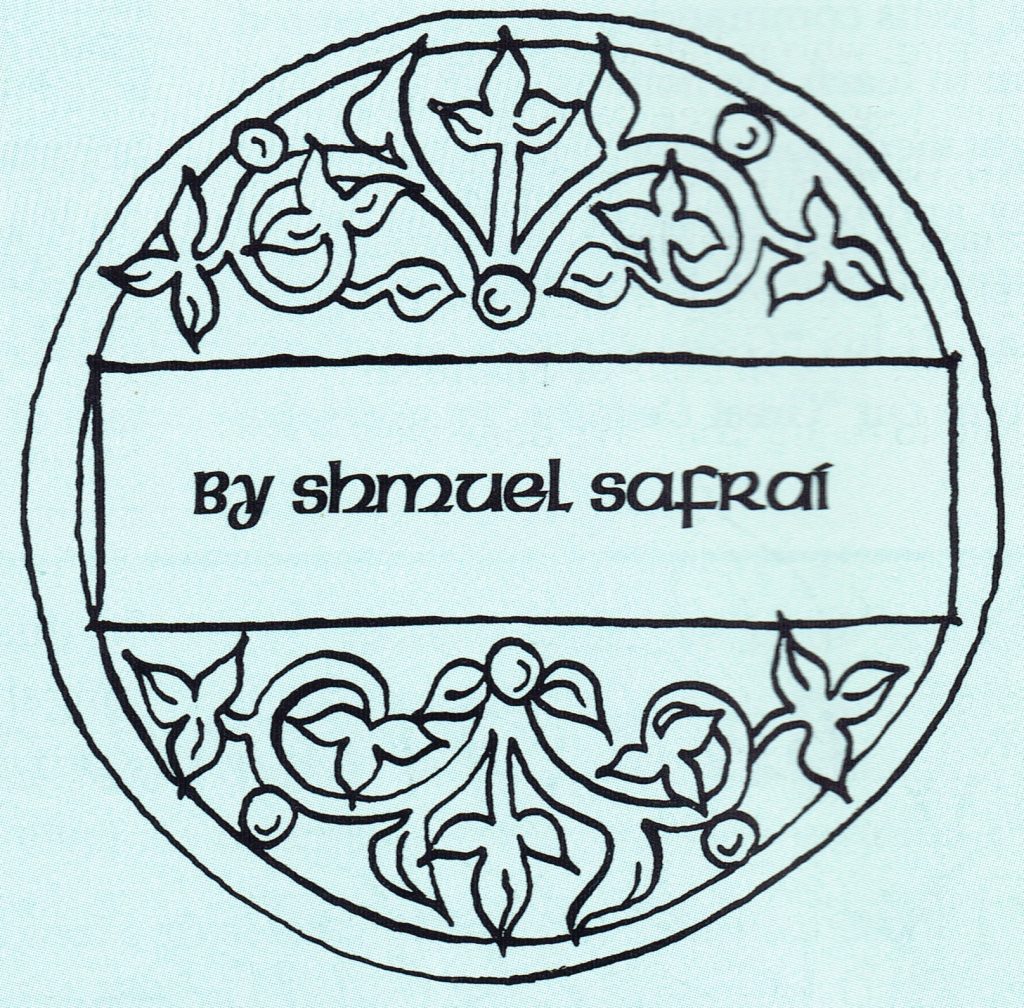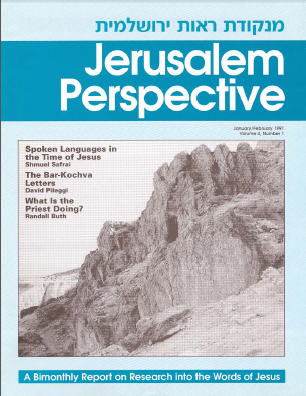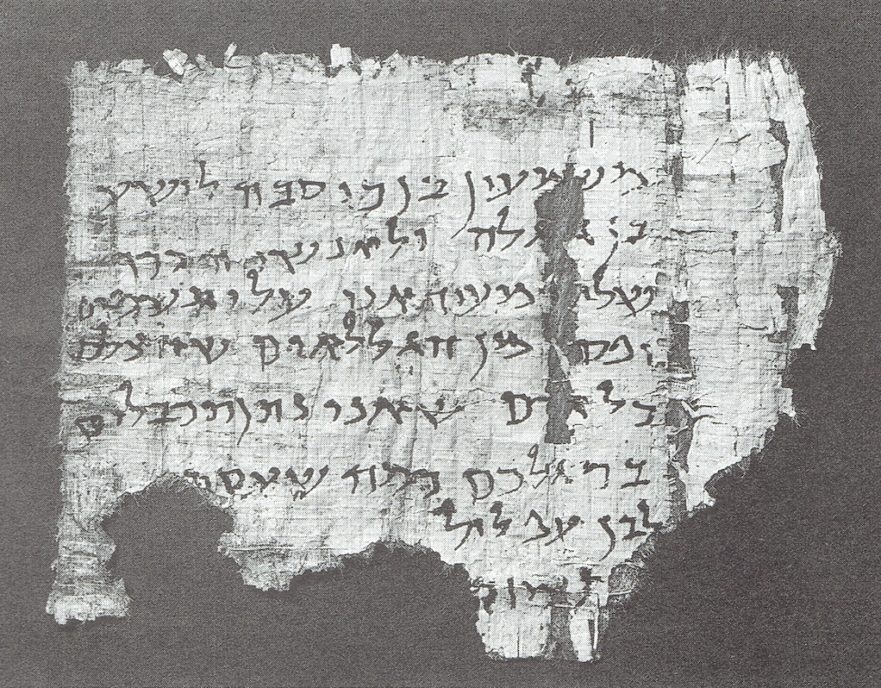How to cite this article: Shmuel Safrai, “Spoken Languages in the Time of Jesus,” Jerusalem Perspective 30 (1991): 3-8, 13 [https://www.jerusalemperspective.com/2551/].

The land of Israel was under the influence of Greek culture from the time of its conquest by Alexander the Great at the end of the fourth century B.C.E. Although scholars have divergent views regarding the influence of Hellenism on religious works, literature and everyday life in first-century Israel, it is generally accepted that the Greek language was used by many of the inhabitants.
Latin was also used to some extent in the land of Israel in the time of Jesus. For example, John 19:20 and a few manuscripts of Luke 23:38 record that the sign above the cross was written in Hebrew, Latin and Greek, and the names of the Roman legions which served in the land were sometimes inscribed in Latin over wells and on garrison buildings. Apparently, however, Latin was used only by the Romans for matters of army administration. Civil administration was conducted entirely in Greek, and inscriptions written by non-Jews that have been found in Israel are all in Greek.
Paid Content
Premium Members and Friends of JP must be logged in to access this content: Login
If you do not have a paid subscription, please consider registering as a Premium Member starting at $10/month (paid monthly) or only $5/month (paid annually): Register
One Time Purchase Rather Than Membership
Rather than purchasing a membership subscription, you may purchase access to this single page for $1.99 USD. To purchase access we strongly encourage users to first register for a free account with JP (Register), which will make the process of accessing your purchase much simpler. Once you have registered you may login and purchase access to this page at this link:
Conclusion
Hebrew was certainly the language of instruction in schools, as well as the language of prayer and Torah reading. The language of instruction in the house of study also most certainly was Hebrew, and this was likely the case regarding instruction in the synagogue. It would seem that Hebrew was spoken in the marketplaces of Jerusalem (Jerusalem Talmud, Pesahim 37d), but there is not enough information to determine whether this also was the case in other cities. It is not impossible that there were religiously uneducated people who did not understand Hebrew and were conversant only in Aramaic. There is some evidence for this linguistic phenomenon beginning in the second century C.E., but it is unlikely that such was the case in the first century.
Although the Jewish inhabitants of the land of Israel in the time of Jesus knew Aramaic and used it in their contacts with the ordinary, non-Jewish residents, Hebrew was their first or native language. It is especially clear that in enlightened circles such as those of Jesus and his disciples, Hebrew was the dominant spoken language.



![Shmuel Safrai [1919-2003]](https://www.jerusalemperspective.com/wp-content/uploads/userphoto/20.jpg)




























































































